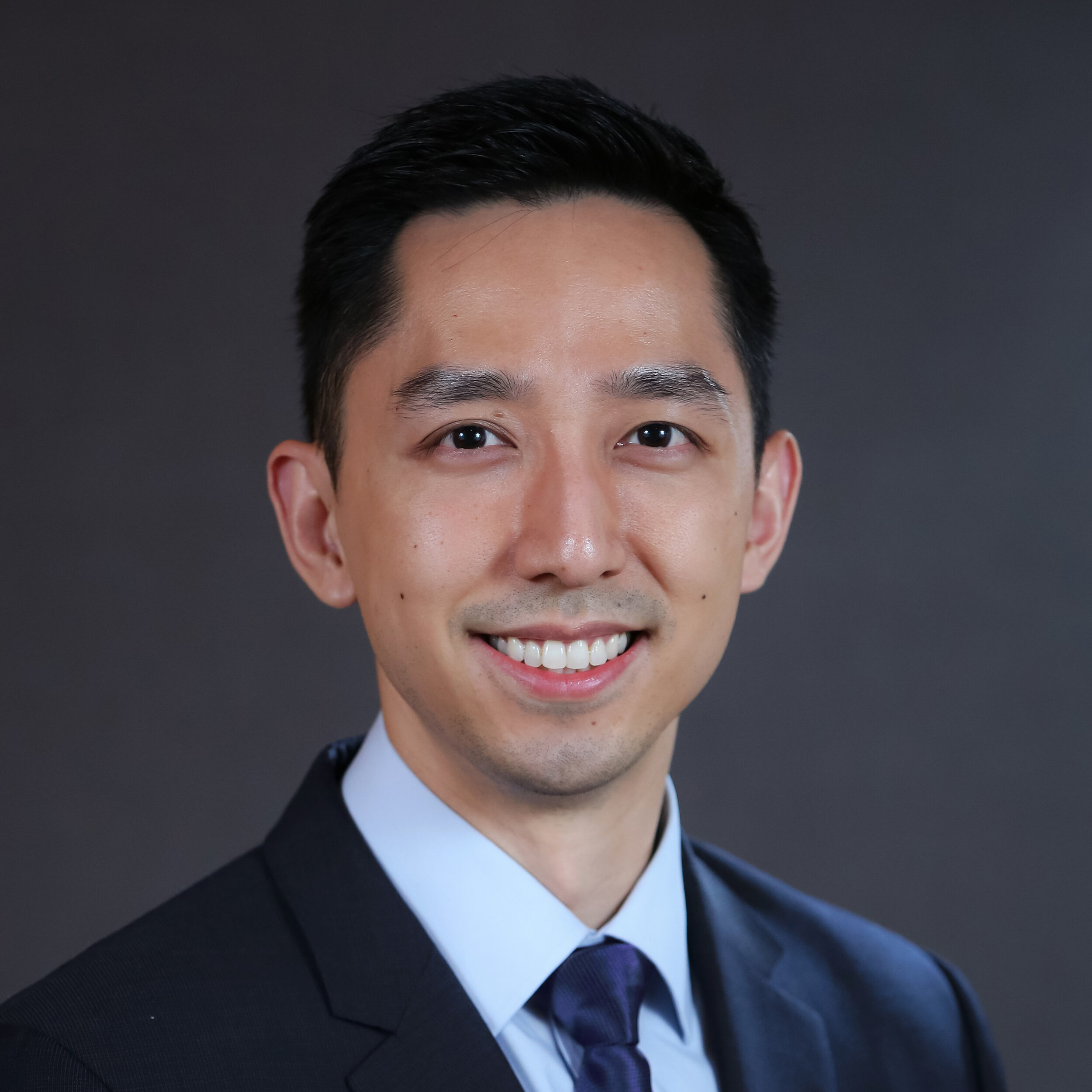Michael Fu, MD
For patients with shoulder pain and disability due to shoulder arthritis or cuff tear arthropathy, total shoulder replacement may be an option after non-surgical treatments have failed. Once the decision to undergo shoulder replacement has been made together between the patient and myself, it is then my responsibility to plan and execute the best surgery possible.
Every patient’s anatomy and pattern of arthritis is unique. As discussed in our shoulder arthritis article, the body attempts to restrict motion in an arthritic shoulder by forming osteophytes (bone spurs) and tightening the shoulder capsule. This is often associated with bone deformities in the glenoid (socket) as well. All of these factors must be understood and addressed at the time of surgery.
Just like reading your opponent’s scouting report before a big game, we like to know exactly what we’re dealing with before an important operation such as a shoulder replacement. For our patients, in order for their new shoulder to last decades, it is critical that the components be placed in an optimal position to minimize stress on the implants and to maximize range of motion.
In my practice, to get a full understanding of each patient’s unique anatomy and pattern of arthritis, I generally recommend a pre-surgical computed tomography (CT or CAT) scan with 3D reconstructions. The scan data is then loaded into surgical planning software, which then creates a 3D render of the shoulder’s bony anatomy and makes morphologic measurements:
Pre-operative 3D CT scan of the shoulder in a patient with shoulder arthritis.
With this patient-specific anatomic data in combination with the latest three-dimensional software planning tools, I can then plan exactly where to place the glenoid (socket) component that best balances the following goals: 1) optimal positioning that minimizes mechanical stress on the implant, 2) maximum seating of the component on native bone to achieve the best fixation possible, and 3) removing as little native bone as possible.
Glenoid (socket) component position planning.
On the humeral (ball) side of the shoulder replacement, my primary goal is to recreate the patient’s native anatomy. Similar to the glenoid, using 3D patient-specific planning software, I can visualize where to place the humeral component. In this particular example, I am planning to use a stemless, bone-preserving implant that saves a significant amount of the patient’s native bone.
Humeral (ball) component position planning, using a stemless bone-preserving implant.
And here is the finished product with both the humeral and glenoid components. This type of patient-specific surgical planning is one of the ways that my practice leverages cutting-edge surgical and software technology to optimize our patients’ results.
Final anatomic total shoulder replacement surgical plan.
Final post-surgical X-rays demonstrating placement of the components in the planned position.
About the Author
Dr. Michael Fu is an orthopedic surgeon and shoulder specialist at the Hospital for Special Surgery (HSS), the No. 1 hospital for orthopedics as ranked by U.S. News & World Report. Dr. Fu treats the entire spectrum of shoulder conditions, including rotator cuff tears, shoulder instability, and shoulder arthritis. Dr. Fu was educated at Columbia University and Yale School of Medicine, followed by orthopedic surgery residency at HSS and sports medicine & shoulder surgery fellowship at Rush University Medical Center in Chicago. He has been a team physician for the Chicago Bulls, Chicago White Sox, DePaul University, and NYC’s PSAL.
Disclaimer: All materials presented on this website are the opinions of Dr. Michael Fu and any guest writers, and should not be construed as medical advice. Each patient’s specific condition is different, and a comprehensive medical assessment requires a full medical history, physical exam, and review of diagnostic imaging. If you would like to seek the opinion of Dr. Michael Fu for your specific case, we recommend contacting our office to make an appointment.






